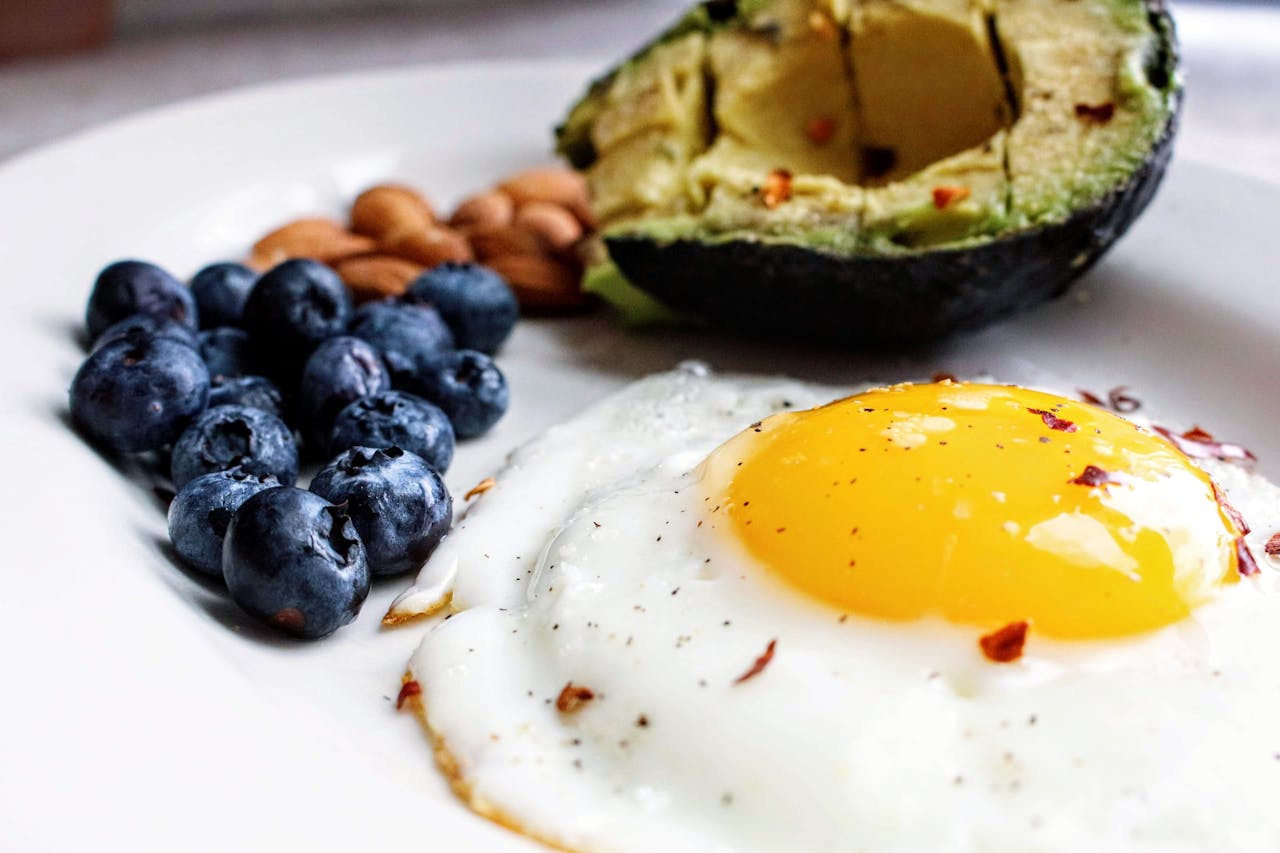Temptation in a Syringe: When the Shortcut Cuts Deep
In the glittering world of elite performance and Instagram perfection, the pressure to look leaner, faster, and “competition-ready” never sleeps. Enter weight loss injections, the juicy apple hanging from the tree of modern pharmacology, whispering sweet promises of shredded abs and reduced body fat. But beware—what looks like the fruit of performance enhancement may hide a worm of muscular demise. For athletes, trading fat for muscle is like selling your car’s engine to reduce weight—it doesn’t end well on the track.
The Devil Wears GLP-1: How These Injections Actually Work
The injections making waves in fitness circles aren’t snake oil—they’re rooted in legitimate science. Originally intended to treat type 2 diabetes, these medications mimic gut hormones like GLP-1, which regulate hunger, blood sugar, and satiety. The result? Smaller portions, fewer cravings, and dramatic weight loss. But here’s the fine print: when calories drop too fast, your body panics. It starts breaking down whatever it can to survive—including that beautifully sculpted muscle you’ve been squatting, lunging, and deadlifting into existence.
Muscles Don’t Magically Stay: The Hidden Tax of Fat Loss
For an athlete, muscle is more than a flex in the mirror—it’s the very essence of power, speed, and control. Losing muscle isn’t a cosmetic issue; it’s performance suicide. When fat melts too fast, muscle tends to go with it, especially in the absence of sufficient dietary protein and resistance training. Imagine shaving grams off a racing bike by melting the frame.
Sure, it’s lighter—but it won’t win any races. And that’s the trap: weight loss looks great on paper, until your vertical jump drops, your bench press stalls, and your metabolism goes into hibernation mode.
Elon’s Little Jab: Celebrity Fads and Mass Confusion
No tale of modern biohacking would be complete without a cameo from Silicon Valley’s favorite real-life meme. Yes, Elon Musk—the tech titan, hair transplant pioneer, and part-time Mars enthusiast—gave these weight loss injections a nudge into the cultural spotlight. He hailed them as the answer to everything except how to stay off Twitter.
Musk may have sparked the global fascination, but judging by recent beach photos, even space-age meds can’t fully erase the effects of 14 kids, 14 co-parents, and what appears to be baby number 15 cooking in his own belly. Moral of the story? Billionaires might sell you shortcuts, but gravity still wins.
Muscle Matters: How to Outsmart the Loss
Fortunately, athletes aren’t helpless pawns in this hormonal game of Jenga. The science is clear: high-protein diets are the best defense against lean mass loss. Protein provides the amino acids needed to rebuild muscle fibers and maintain anabolic processes even during caloric restriction. Pair that with resistance training —yes, barbells, cables, and kettlebells, not just cardio—and you’ve got a muscular insurance policy. Think of it as sending a loud biochemical message to your body: “Keep the muscle. We still need it.”
Don’t Wing It—Monitor It
This isn’t the time to freestyle your fitness routine. If you’re experimenting with these injections, you need precision, not vibes. Regular body composition scans—like DEXA or BIA—can tell you whether the weight you’re losing is fat, muscle, or the will to keep going. Work with sports medicine professionals and dietitians who actually understand the physiology behind performance.
It’s not just about shrinking the number on the scale—it’s about protecting the machinery that gets you there. Because let’s face it: a skinny athlete who can’t perform is just an influencer with cramps.
The Not-So-Happy Ending: When Easy Isn’t Smart
There’s nothing wrong with wanting to look and feel your best. But chasing a shredded physique at the expense of muscle mass is like burning your house down to kill a spider. Athletes must approach these weight loss injections with respect, strategy, and some good old-fashioned skepticism. Science shows that they can be effective—yes.
But without a structured approach involving diet, training, and medical guidance, they’re just another overpriced detour to Disappointmentville. If your biceps start disappearing faster than your cheat meals, it’s time to rethink the plan.
What Real Fitness Looks Like
In the end, fitness isn’t a number—it’s a capacity. A capacity to move, lift, endure, and thrive. The sleek shortcut of weight loss injections may tempt even the strongest among us, but unless accompanied by resistance training and protein-fueled meals, it becomes a Faustian bargain.
Look what happened in paradise. In Europe, we still live in some kind of it—though for the USA, I’m not so sure anymore. The apple was shiny. It looked delicious. But when the last drop is injected and the mirror stares back at a smaller, weaker version of you, the illusion crumbles. Choose the barbell over the needle. Choose strength over aesthetic panic. Choose the long game—it builds more than muscle. It builds legacy.












